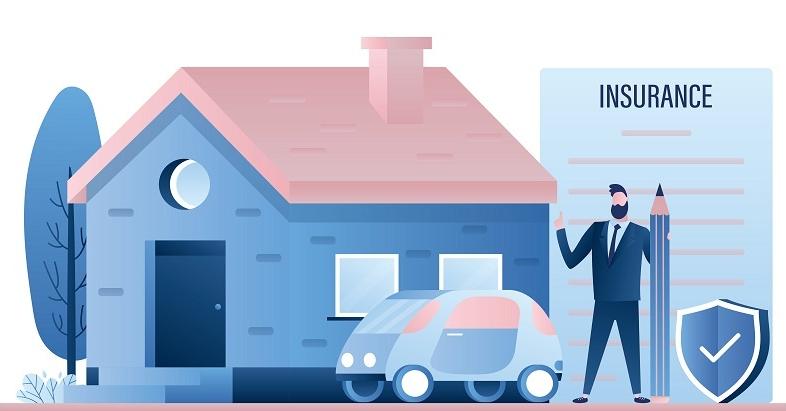Introduction
Divorce can be a challenging process with numerous financial implications, and changes in insurance are among the primary concerns for Texans undergoing this life event. A dissolution of marriage affects both home and auto insurance policies, and understanding these effects is crucial for maintaining necessary coverage during and after the transition.
Impact on Home Insurance
Home Insurance and Divorce: Policy Changes
When divorce occurs, the ownership status of the family home inevitably changes. If one spouse retains the property, the home insurance policy must be updated to reflect this alteration in ownership. Here’s how it usually unfolds:
- Sole Ownership: If one party keeps the home, they should update the home insurance policy to ensure it’s in their name alone. This change removes the other spouse from the policy, adjusting the coverage to reflect the sole owner’s assets and liabilities.
- Selling the Home: If the couple decides to sell, insurance coverage should be maintained until the sale is complete. Afterwards, each individual should secure appropriate coverage for their new living situations, whether that involves purchasing a new homeowners policy or obtaining renters insurance.
Maintaining Continuous Coverage
Continuous coverage is crucial to avoid higher premiums in the future. Even if there’s a period between selling the joint home and buying a new one, individuals should consider renters insurance to maintain a history of continuous coverage.
Impact on Auto Insurance
Individual Policies and Rates
Post-divorce, each individual will need to secure their own auto insurance policy. When the joint policy is dissolved, the rates for each party will be recalculated based on their individual driving records, ages, and other demographic factors.
For many, this transition results in higher premiums, as they lose out on multi-vehicle and married couple discounts. However, the impact on rates varies greatly depending on each person’s driving history and the custody of children, if applicable.
Custody Considerations
In cases where children are involved, the parent with primary custody should list the child on their auto policy. If the child will be driving vehicles of both parents, they should be listed on both policies to ensure adequate coverage.
Practical Steps During Divorce
To navigate the insurance challenges presented by divorce, consider the following steps:
- Communication is Key: Engage openly with your soon-to-be ex-spouse about the necessary insurance changes. Coordinating the transition can prevent lapses in coverage and financial disputes down the line.
- Consult with an Insurance Agent: An experienced agent can guide you through the process, helping you understand your new coverage needs and identifying opportunities for discounts.
- Update Your Policies Promptly: As soon as ownership changes are finalized for homes and vehicles, update your insurance policies to reflect these changes.
- Review and Adjust Your Coverage: Your coverage needs will likely change post-divorce. Take time to review and adjust your policies to ensure you have adequate protection without paying for unnecessary coverage.
- Explore Discount Opportunities: Even though you’re losing out on married discounts, there may be other discounts you qualify for as an individual policyholder. Ask your insurance agent about opportunities to save.
Conclusion
Divorce presents various challenges, and navigating changes to home and auto insurance policies is an essential aspect of the process for Texans. Understanding the impact of divorce on these policies and taking proactive steps to adjust coverage can mitigate financial risks and provide the security needed during this significant life transition. By being informed and proactive, individuals can secure the insurance coverage that best suits their new life circumstances, providing peace of mind in a time of change.
